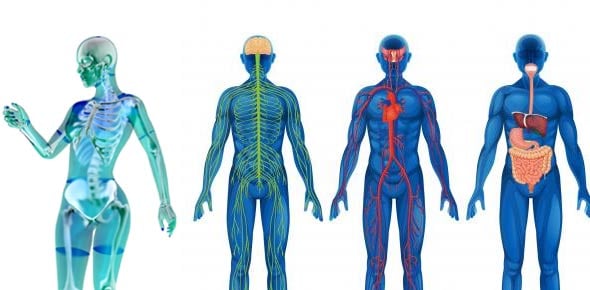4no51 A-set Volume 2 Anatomy And Physiology
- 4NO51 A-set
2.
You may optionally provide this to label your report, leaderboard, or certificate.
×
Thank you for your feedback!
















